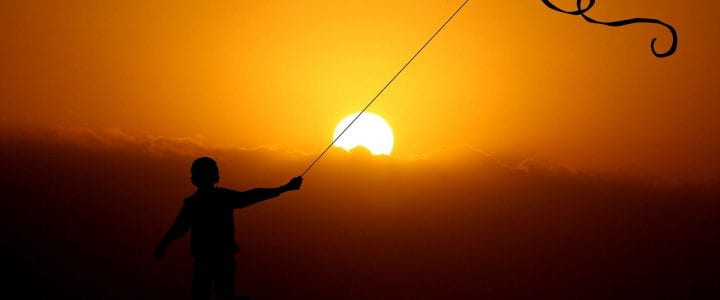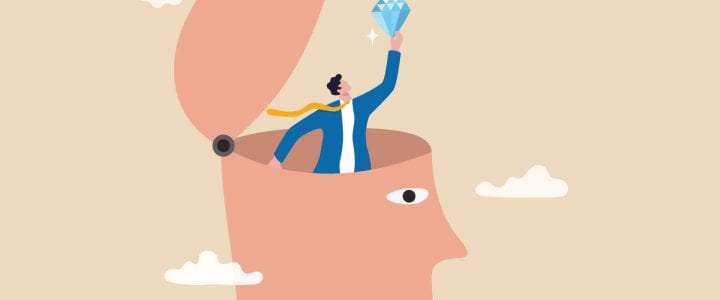Everyday We Get More Illegal
Juan Fellipe Herrera
Yet the peach tree
still rises
& falls with fruit & without
birds eat it the sparrows fight
our desert
burns with trash & drug
it also breathes & sprouts
vines & maguey
laws pass laws with scientific walls
detention cells husband
with the son
the wife &
the daughter who
married a citizen
they stay behind broken slashed
un-powdered in the apartment to
deal out the day
& the puzzles
another law then another
Mexican
Indian
spirit exile
migration sky
the grass is mowed then blown
by a machine sidewalks are empty
clean & the Red Shouldered Hawk
peers
down — from
an abandoned wooden dome
an empty field
it is all in-between the light
every day this changes a little
yesterday homeless &
w/o papers Alberto
left for Denver a Greyhound bus he said
where they don’t check you
walking working
under the silver darkness
walking working
with our mind
our life
Being a Middle Eastern girl in Canada with my immigrant dad, this poem really hits close to home for me. It talks about things like a peach tree going through ups and downs and a desert dealing with both trash and growth. It’s like a picture of the complex journey we’ve been on.
When it talks about laws with scientific walls and detention cells, it feels like my family’s struggle with immigration is right there in the lines. Just like the family in the poem, we’ve had our share of separations and tough times.
The part about Alberto leaving for Denver on a Greyhound bus, where they don’t check you, reminds me of my dad’s journey for a better life. It’s about the lengths he went to, dealing with a system that doesn’t always make it easy for people like us.

But despite all the tough stuff, the poem talks about walking and working under the silver darkness. It’s like a picture of the everyday grind, the effort it takes to make a life in a new place. It’s what I see my dad doing and what I’m trying to do too.
The poem talks about the changing scenery and the inbetween light, which feels a lot like the constant adjustments you have to make as an immigrant. It’s like juggling between where you come from and where you are now.
In simple terms, this poem is like a reflection of my own life a mix of tough times, pushing through, and always hoping for something better. It’s a reminder that, just like the grass being mowed and blown, life keeps changing, and each day brings new challenges and chances.
I know why the caged bird sings
Maya Angelou
A free bird leaps on the back
Of the wind and floats downstream
Till the current ends and dips his wing
In the orange suns rays
And dares to claim the sky.
But a BIRD that stalks down his narrow cage
Can seldom see through his bars of rage
His wings are clipped and his feet are tied
So he opens his throat to sing.
The caged bird sings with a fearful trill
Of things unknown but longed for still
And his tune is heard on the distant hill for
The caged bird sings of freedom.
The free bird thinks of another breeze
And the trade winds soft through
The sighing trees
And the fat worms waiting on a dawn-bright
Lawn and he names the sky his own.
But a caged BIRD stands on the grave of dreams
His shadow shouts on a nightmare scream
His wings are clipped and his feet are tied
So he opens his throat to sing.
The caged bird sings with
A fearful trill of things unknown
But longed for still and his
Tune is heard on the distant hill
For the caged bird sings of freedom.
The deep connection of ‘I Know Why the Caged Bird Sings’ with what’s happening in the world today,and to my people specifically,makes me think about the tough situation in Palestine. The imagery of the “caged bird” and the “free bird” mirrors the stark contrast between the oppressor and the oppressed, echoing the cries of a nation enduring 75 years and almost 4 months of relentless hardship,Palestine.
In finding similarities to the Palestinian-Israeli conflict, the metaphor becomes painfully relatable. Palestine, like the caged bird, has been crying out amidst oppression, ethnic cleansing, and enduring trauma inflicted by the forces of Israel. The sight of children being killed and families bombed vividly aligns with the harsh reality faced by Palestinians.
The chilling account of Palestinians being directed by Israeli forces to migrate for “safety,” only to face further devastation on their journey by the Israeli forces once again, mirrors the harsh realities of the ongoing conflict. There is even evidence of this tragic event,yet still no one seems to believe the Palestinians,yet when the Israelis come up and share their stories with no follow up evidence everyone is so quick to listen and feel for them.

As the poem reflects on these injustices, it transforms into a personal reaction filled with a deep sense of connection.These are not just distant events, these are my brothers and sisters in Palestine. Their silent screams reverberate through the verses, as their hands and feet remain bound by an unjust reality.
To me it looks like the world is seemingly turning a blind eye to the substantiated truth while readily accepting unverified stories. Even when Palestinians show their videos of our civilians and pictures of our civilians,clear evidenve and proof people still choose not to believe them,this just underscores the struggle for acknowledgment and justice.
In simple terms, this personal response is a call for everyone to wake up and see what’s really going on. The ‘caged bird’ in Palestine keeps singing, as its “hands and feet are tied”,and it’s really important that the world hears them on the “distant hill”. Every life matters, no matter how complicated world politics might be, and we should remember the basic principles of fairness and humanity.
Moussa, Emad. “Flagophobia: Israel’s Escalating War on the Palestinian Flag.” The New Arab, The New Arab, www.newarab.com/analysis/flagophobia-israels-escalating-war-palestinian-flag. Accessed 6 Dec. 2023.
“Immigration Images, HD Pictures for Free Vectors Download.” LovePik, lovepik.com/images/immigration.html. Accessed 6 Dec. 2023.
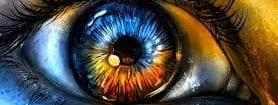



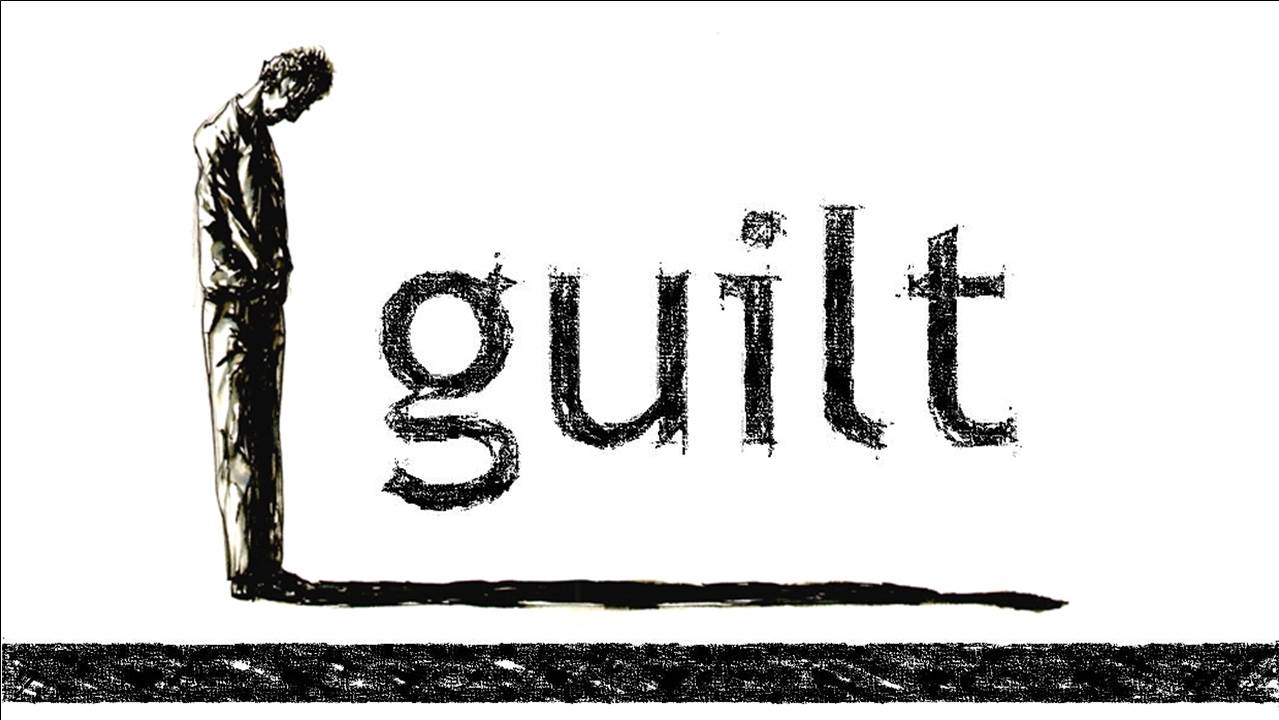
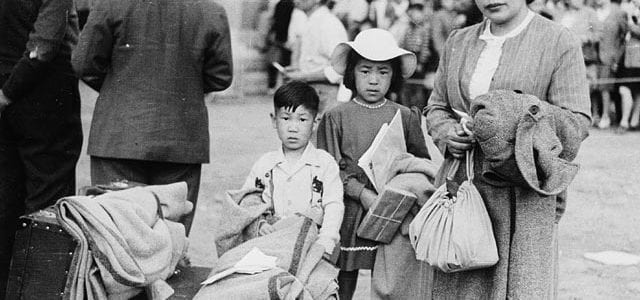





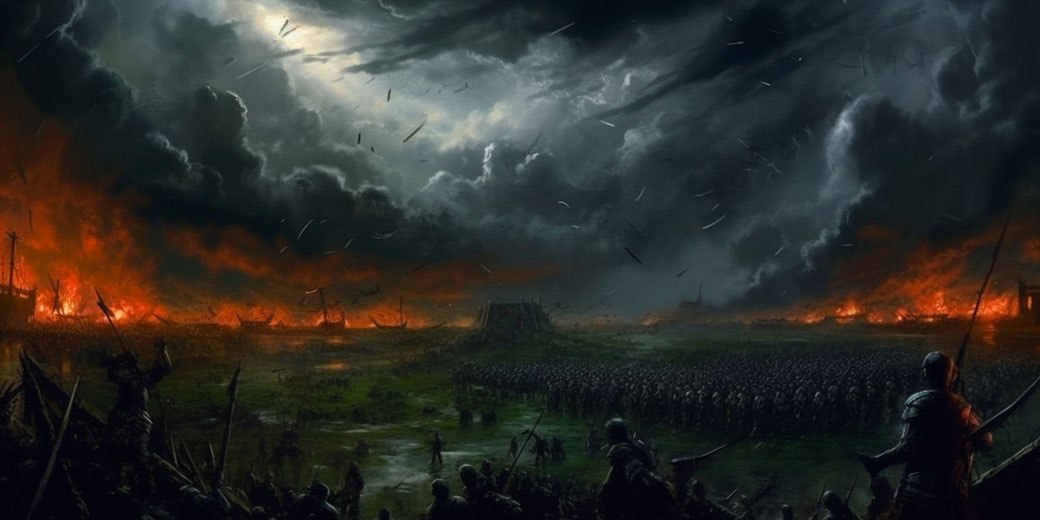
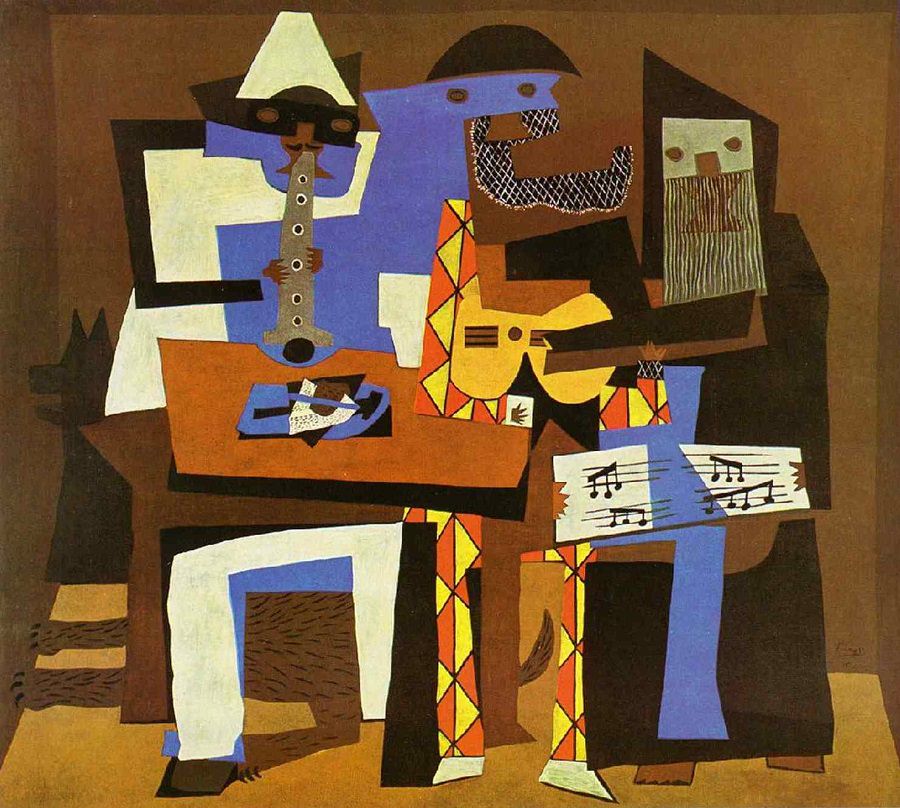

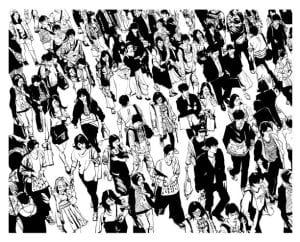
 ng of allure from an oven. Grandma’s windchimes harmonizing with the splendid song of blue birds outside; the petrichor of the lemongrass wafting through the cedar porch. It was profound, formed of bliss and vigour, only for the memory to be blown away in an instant. It- It was gone. Wisped away. But the profound nostalgia still remained. He remembered his idyllic childhood, eating dinner with his family, and his mother’s smile. Where had it all gone? Flooding forth from the recesses of his heart, came a longing for eras bygone. The feeling burgeoned, educing an ardent flame of a wish. To relive the past. Would he forever suffer, due to the sisyphean nature of his dream?
ng of allure from an oven. Grandma’s windchimes harmonizing with the splendid song of blue birds outside; the petrichor of the lemongrass wafting through the cedar porch. It was profound, formed of bliss and vigour, only for the memory to be blown away in an instant. It- It was gone. Wisped away. But the profound nostalgia still remained. He remembered his idyllic childhood, eating dinner with his family, and his mother’s smile. Where had it all gone? Flooding forth from the recesses of his heart, came a longing for eras bygone. The feeling burgeoned, educing an ardent flame of a wish. To relive the past. Would he forever suffer, due to the sisyphean nature of his dream?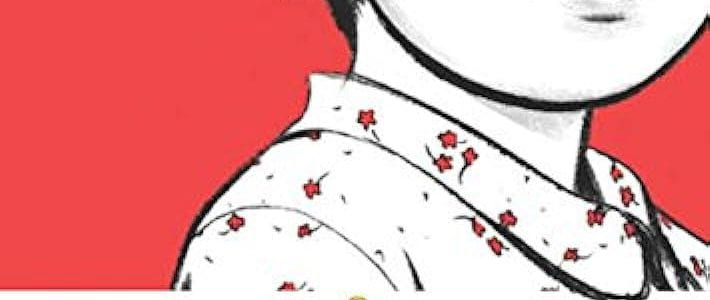


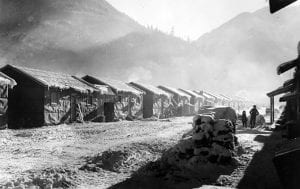
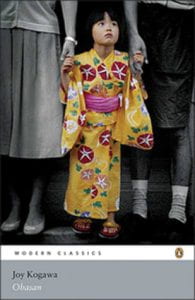
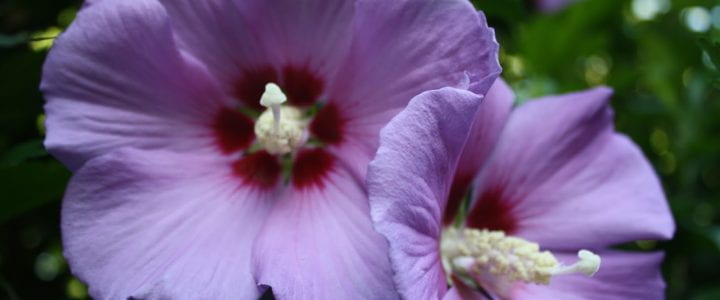
 In Chimamanda Ngozi Adichie’s Purple Hibiscus, the theme of adversity shapes the identity of its characters. Adversity acts as a catalyst for transformation, forging the identities of individuals in the story. Kambili Achike, the main character, has her identity undergo profound changes due to the adversity she faces within her family. The oppressive environment created by her father, Eugene, showcases the impact of adversity on shaping identity. Eugene’s strict religious beliefs and abusive tendencies impose psychological and physical suffering upon his family. This adversity forms the base of Kambili’s growth, influencing her thoughts and actions. The constraints imposed by Eugene creates a restricted world for Kambili, limiting her ability to express herself. However, as the story progresses, instances of adversity, such as Kambili’s stay with her aunt, bring a gradual shift in her perception. Her exposure to a different lifestyle, one filled with freedom of expression and a relaxed atmosphere, challenges her prior experience, igniting a desire for opportunity. Adversity not only affects Kambili, but also shapes the identities of other characters like Jaja, her brother. Jaja’s defiance against their father’s authority is a direct response to the adversity he faces within the family. His rebellious behaviour shows a quest for identity in the face of adversity, leading to his captivity in order to protect his mother.
In Chimamanda Ngozi Adichie’s Purple Hibiscus, the theme of adversity shapes the identity of its characters. Adversity acts as a catalyst for transformation, forging the identities of individuals in the story. Kambili Achike, the main character, has her identity undergo profound changes due to the adversity she faces within her family. The oppressive environment created by her father, Eugene, showcases the impact of adversity on shaping identity. Eugene’s strict religious beliefs and abusive tendencies impose psychological and physical suffering upon his family. This adversity forms the base of Kambili’s growth, influencing her thoughts and actions. The constraints imposed by Eugene creates a restricted world for Kambili, limiting her ability to express herself. However, as the story progresses, instances of adversity, such as Kambili’s stay with her aunt, bring a gradual shift in her perception. Her exposure to a different lifestyle, one filled with freedom of expression and a relaxed atmosphere, challenges her prior experience, igniting a desire for opportunity. Adversity not only affects Kambili, but also shapes the identities of other characters like Jaja, her brother. Jaja’s defiance against their father’s authority is a direct response to the adversity he faces within the family. His rebellious behaviour shows a quest for identity in the face of adversity, leading to his captivity in order to protect his mother. 
